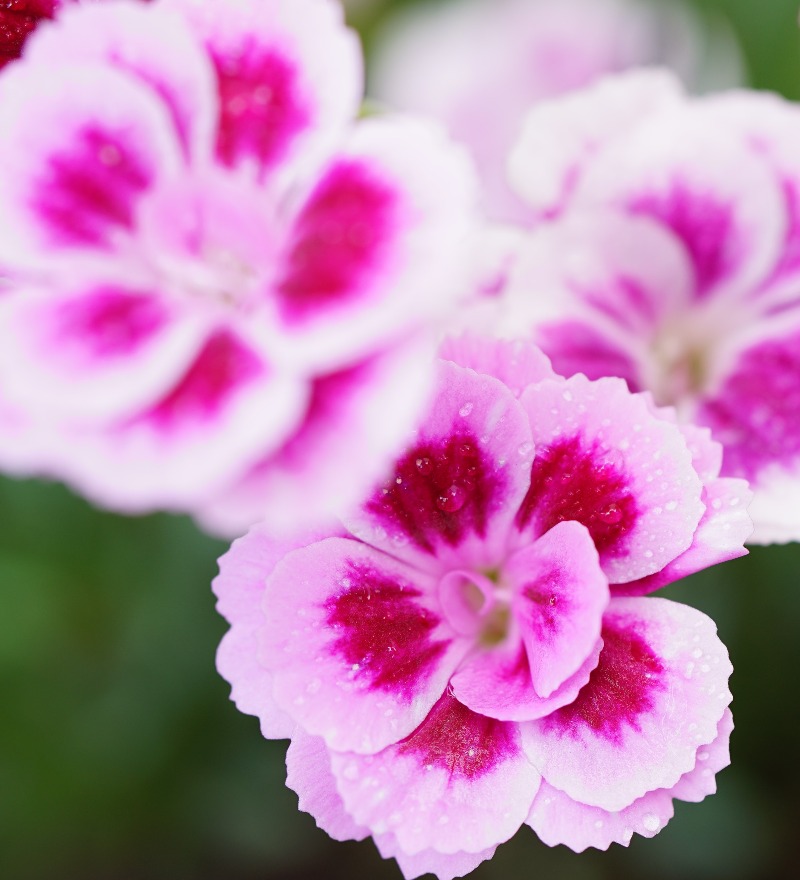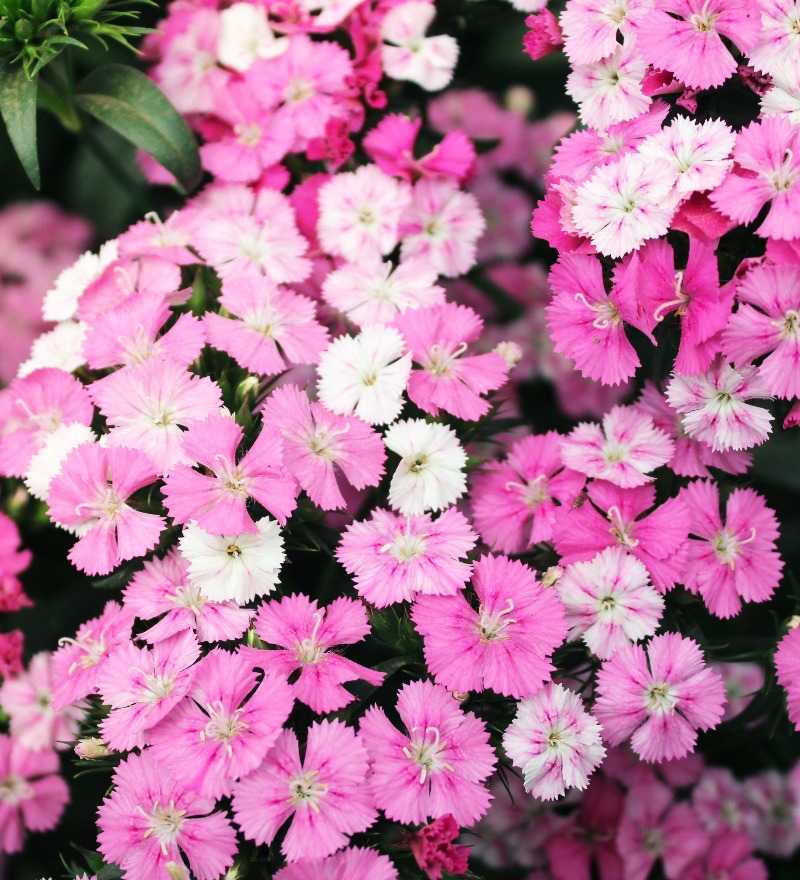It’s all in the name – Dianthus
Besides being a beautiful decorative plant, the Dianthus also has a rich history, especially when it comes to its many names. These names reveal a deeper symbolism and give us a glimpse back in time. Will you join us on a journey into the past?
This history begins about 3,000 years ago, in the Greek era, where this plant was called ‘dios anthos’, meaning ‘flower of Zeus’. This name shows how much the Greeks admired the blooming of this plant. During this period, it was common to inspire names of plants and flowers by gods and their characteristics. The long flowering of the Dianthus was probably the inspiration for naming it after their almighty and supreme god Zeus.
A nickname of the Dianthus is ‘pinks’, which this plant owes to its fringed petals. These look as if they have been cut by serrated scissors, also called pinking shears, which is why this became the nickname of this plant. Because there wasn't yet a specific name for the color pink back in the days, it was referred to as light red or rose. Over time, the nickname for the Dianthus was used as a name for this colour, because of its many shades of pink.
Another name for this plant is ‘carnation’, which is derived from the Latin word ‘coronatus’, meaning ‘crowned’. This name comes from the shape of the flowers resembling a crown. It is no wonder that these flowers were regularly used in the Middle Ages to make flower crowns, which were worn on special occasions.
From the ancient Greeks to the modern garden enthusiast, the Dianthus really lives up to its name. Discover our full range of Dianthus below.



